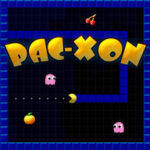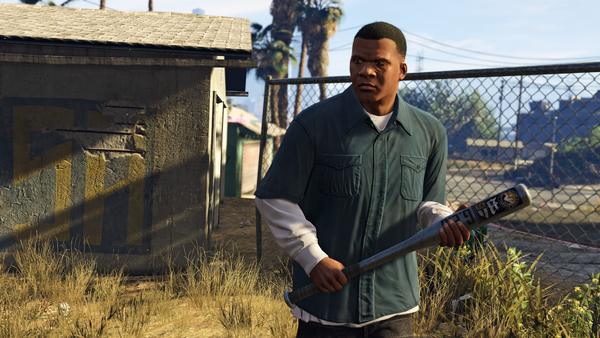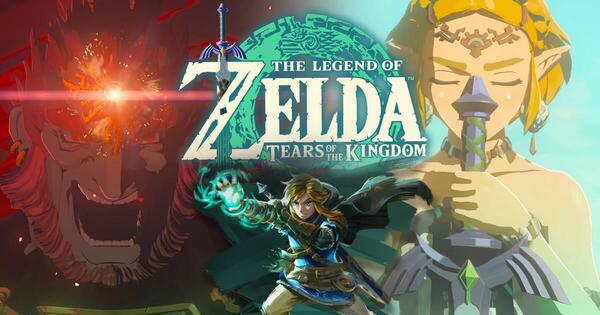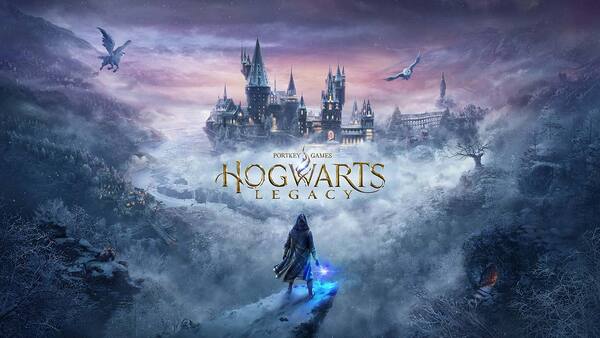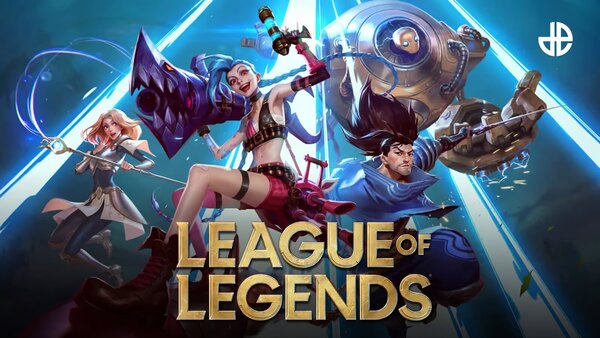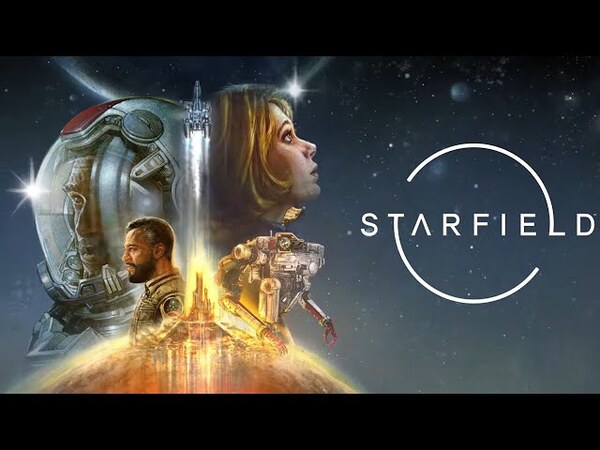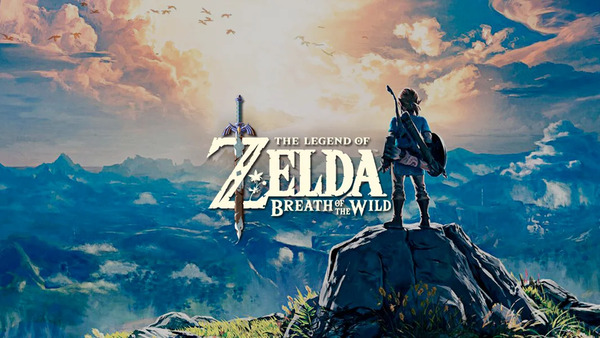PUBG Mobile: Redefining Battle Royale Gaming on the Go
Meta Description:
PUBG Mobile has become a global sensation in mobile gaming. Discover its history, gameplay dynamics, esports scene, and what makes it stand out in the ever-evolving world of mobile shooters.
Since its initial release, PUBG Mobile has captured the imagination of mobile gamers worldwide. It has successfully translated the intensity, strategy, and thrill of battle royale gameplay to smartphones, creating one of the most played and streamed mobile games in history. With millions of active users, regional leagues, high-stakes tournaments, and constant content updates, PUBG Mobile has grown from a spin-off of the original PC title into a cultural phenomenon of its own.
This comprehensive article explores PUBG Mobile's origins, core mechanics, in-game systems, global impact, and future developments. Whether you're a veteran player, an esports enthusiast, or simply curious about its dominance in mobile gaming, this guide will walk you through everything that defines the PUBG Mobile experience.
The Origin Story: From PC to Mobile Powerhouse
PUBG Mobile is the mobile adaptation of PlayerUnknown's Battlegrounds, a PC and console title that popularized the battle royale genre. Developed by Tencent Games in collaboration with PUBG Corporation, PUBG Mobile launched globally in March 2018.
Unlike many mobile ports that compromise quality, PUBG Mobile retained most features from its PC predecessor while optimizing gameplay for touchscreens. This achievement made it accessible to a vast user base, especially in regions where gaming PCs or consoles were unaffordable. The success of the mobile version even helped revitalize interest in the franchise across platforms.
Within a year of release, PUBG Mobile had over 400 million downloads and over 50 million daily active users, becoming one of the most downloaded and played games in history.
Core Gameplay Mechanics: What Makes PUBG Mobile Unique
At its core, PUBG Mobile is a 100-player battle royale game. Players are dropped onto an island and must scavenge for weapons, armor, and supplies while avoiding a shrinking play zone that forces encounters. The last player or team standing wins.
PUBG Mobile is known for its realistic ballistic system, bullet drop, weapon recoil, and vehicle dynamics. These features distinguish it from more arcade-style shooters like Free Fire or Fortnite. Players must adapt to different guns, attachments, scopes, and environments, making each match a test of survival instincts and tactical thinking.
Its controls are highly customizable. Players can rearrange HUD elements, enable gyroscope aiming, or use claw-style multi-finger layouts for competitive advantage. PUBG Mobile allows casual play but rewards mastery.
Maps and Game Modes: Diversity in Every Drop
PUBG Mobile features several maps, each offering unique terrain and strategies. Erangel is the classic, balanced map with forests, towns, and open fields. Miramar provides a vast desert environment favoring long-range engagements. Sanhok is smaller and more fast-paced, while Vikendi offers snow-covered terrain with mid-range combat dynamics.
Besides classic battle royale mode, PUBG Mobile includes Arcade Mode, Payload Mode (with helicopters and RPGs), Metro Royale, Team Deathmatch, and more. These modes add variety, allowing players to sharpen specific skills or enjoy more casual gameplay.
Seasonal events and collaborations (such as with Godzilla, Spider-Man, or Dragon Ball) introduce temporary game mechanics and cosmetics, refreshing the experience for returning players.
Graphics and Performance: A Visual Benchmark for Mobile Gaming
PUBG Mobile pushes the boundaries of what smartphones can handle. With detailed environments, realistic lighting, and particle effects, it remains one of the most visually impressive mobile games. On high-end devices, users can enable Ultra HD graphics, 90 FPS frame rates, and cinematic effects.
Tencent has also released PUBG Mobile Lite, optimized for lower-end devices. It features smaller maps and reduced graphical fidelity, but the core gameplay remains intact.
Performance is supported across a wide range of hardware, thanks to intelligent scaling and adjustable settings. Whether you use a flagship device or a budget phone, PUBG Mobile offers a responsive and smooth experience.
Customization and Skins: A Virtual Arsenal of Style
Game includes extensive customization for characters, weapons, vehicles, and parachutes. Players can acquire skins through battle passes, crates, lucky spins, or special events. These items are purely cosmetic but have become central to player identity.
Each season introduces new themed cosmetics, sometimes through collaborations with celebrities, movies, or esports brands. Outfits range from military realism to outlandish fantasy, allowing players to stand out on the battlefield.
Character voice packs, emotes, kill effects, and MVP animations add flair and personalization. The gacha-style system behind premium cosmetics also contributes to the game’s monetization model.
Ranked and Competitive Play: The Climb to Conqueror
PUBG Mobile features a detailed ranked system across Classic and Arena modes. Players progress from Bronze to Conqueror tiers based on performance, kills, and placement in matches. Higher ranks unlock unique rewards and offer bragging rights within the community.
The game’s anti-cheat system actively monitors for hackers and exploits, though like any large-scale multiplayer title, issues occasionally arise. Still, Tencent continually updates detection systems and penalizes violators.
Climbing the ladder requires not only skill but strategic decision-making and teamwork. The ranked environment provides a deep challenge for those seeking more than casual play.
The PUBG Mobile Esports Ecosystem: A Global Powerhouse
Game has become a cornerstone of mobile esports. Tournaments like PMPL (PUBG Mobile Pro League), PMGC (PUBG Mobile Global Championship), and various regional competitions attract millions of viewers and offer prize pools exceeding $5 million.
Esports organizations from around the world have invested in PUBG Mobile teams. From Indonesia to Brazil, mobile-first regions are now breeding grounds for professional players and streamers. PUBG Mobile has opened the door to competitive gaming careers for people who never owned a gaming PC.
Tencent supports the scene through talent development programs, in-game esports hubs, and livestreaming integrations. It is one of the most-watched esports titles on platforms like YouTube and TikTok.
Community and Streamers: Influencers Driving the Ecosystem
Content creators and streamers have played a crucial role in PUBG Mobile’s success. Stars like Mortal, Jonathan, Levinho, and Panda have attracted millions of fans through YouTube, TikTok, and Twitch. These personalities not only showcase gameplay but help educate, entertain, and build community culture.
Game regularly partners with creators to promote events, host tournaments, and release branded cosmetics. Some regions even feature in-game murals or statues of top creators, acknowledging their contributions.
The tight-knit community and viral nature of gameplay clips contribute to PUBG Mobile’s staying power in a crowded market.
Safety, Fairness, and In-Game Purchases
Game uses a combination of real-time monitoring, AI, and player reports to combat cheating and toxic behavior. Bans are issued for hacks, team-killing, and other disruptive actions. However, like many popular games, some issues persist, especially at higher ranks.
The game also includes parental controls, spending limits, and content filters to protect younger users. Tencent has implemented playtime restrictions in some regions to comply with local regulations.
Monetization comes primarily from UC (Unknown Cash), the premium currency used to buy battle passes and skins. While most content is optional, rare skins and limited-time draws can encourage heavy spending, leading to pay-to-flex concerns.
The Future of PUBG Mobile: Innovation and Longevity
Game continues to evolve. New mechanics like recall systems, tactical gear, and revive towers have refreshed core gameplay. Regular updates bring weapons, vehicles, and events to keep players engaged.
Future plans include deeper metaverse integration, more realistic physics, AI-generated maps, and enhanced social features. PUBG Mobile is positioning itself as more than just a game—it aims to be a platform for digital interaction, creativity, and competitive gaming.
Tencent’s long-term commitment ensures that game will remain a top-tier title in the mobile gaming landscape for years to come.
Conclusion
PUBG Mobile stands as a towering achievement in mobile gaming. It has redefined the battle royale genre for smartphones and created a thriving ecosystem of players, creators, and esports professionals. While not without its flaws, its depth, intensity, and global appeal make it one of the most important mobile titles of the decade.

















